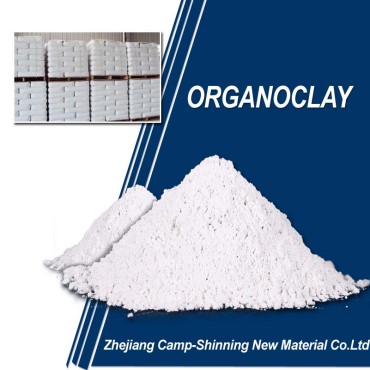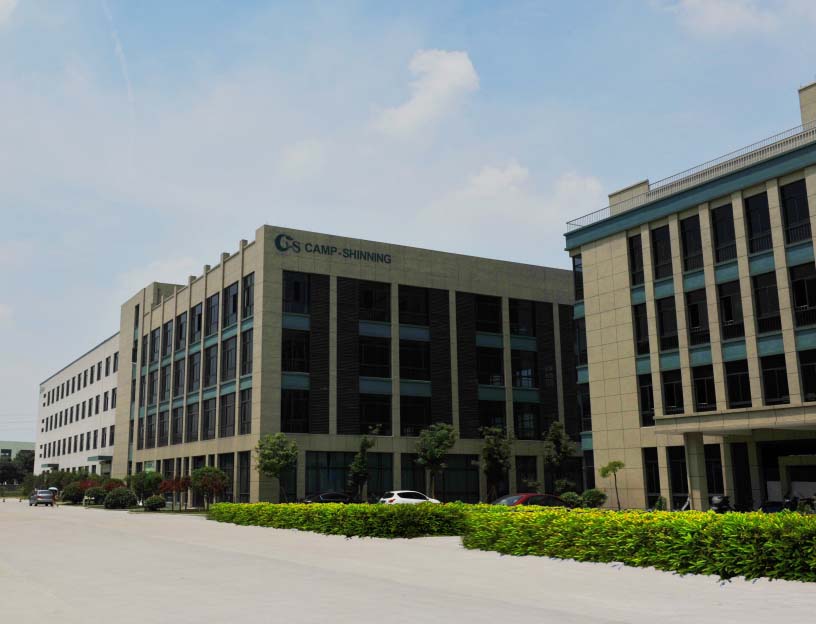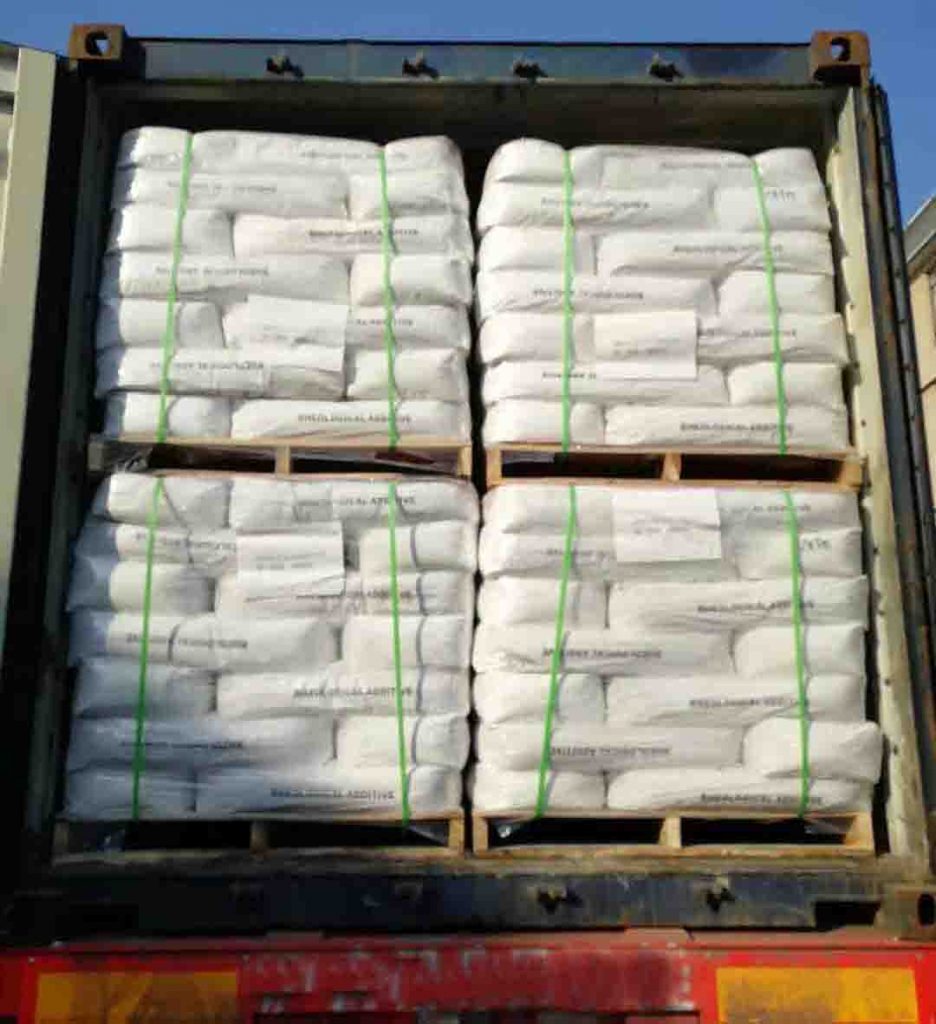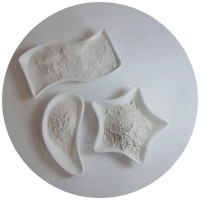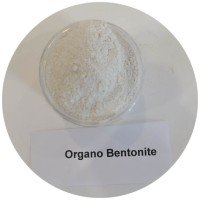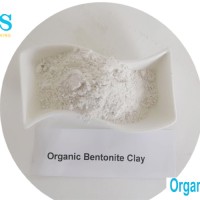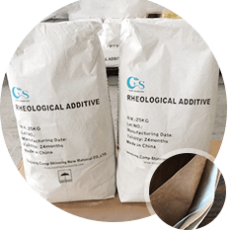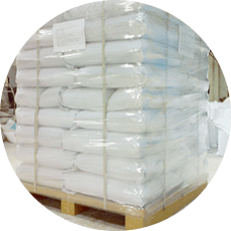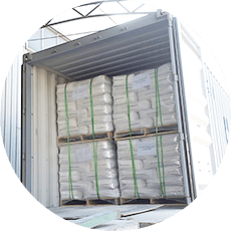The organophilic clay bentonite produced by Camp Shinning has many advantages when used in drilling mud, such as fast dissolution rate, good suspension performance, strong flowing ice performance, high slurry forming rate, good lubrication performance, small friction coefficient, etc.
The mud produced by Camp Shinning has a strong role in carrying colleges and protecting the well wall, and with certain mechanical strength formed on the hole wall has the characteristics of protecting the stability of the hole wall and resisting permeability.
The ideal mud material for exploration and piling projects, especially in recent years, drilling bentonite, has shown extremely high efficiency and has won the welcome of many well known oil service companies and users in the world.
As we all know, organic clay powder drilling bentonite organoclays is an indispensable raw material in the process of drilling construction, and its use varies according to different types of projects.
In essence, drilling organo bentonite clay | arcilla organofilica is divided into organic and inorganic types. Many people are familiar with inorganic drilling bentonite in the production process of these two types of products, but they may not know much about the production of organophilic clay.
Therefore, we will explain the specific introduction of organic bentonite for drilling.
A, First, let’s talk about the production of endless drilling mud and bentonite.
In many production processes, each step is very important, such as beneficiation, chemical drying and purification, grinding and packaging, etc.
From the above processes, you can see that the production process of bentonite from stepless drilling mud is relatively simple, but in terms of beneficiation alone, it is extremely important to select high–uality calcium based bentonite as raw ore.
It is relatively thorough, and the production efficiency is high. There is no additive relief in the production process, which has a great relationship with the characteristics of drilling mud bentonite.
B, Production process of organophilic clay bentonite.
1, Dry method is used to produce organo clay bentonite
which is a basic method for dry preparation of modified bentonite. It is to directly mix the bentonite with organic modifier and then heat it.
After mixing and extruding, organic modified bentonite is directly prepared or dried and crushed into powder products or directly dispersed in organic solvent to make gel or latex products.
The organoclay bentonite produced by Camp Shinning is white powder, which has the advantage of simple process.
The disadvantage is that it needs to be carried out under high pressure or surfactant dissolution temperature, with huge energy consumption and can not guarantee the uniformity and stability of the obtained products.
2, Organic modified bentonite | arcilla organofilicawas prepared by wet method:
This is the new organic bentonite produced by Camp Shinning, and most of the models are produced in a wet process. The wet synthesis of bentonite is to make slurry from crushed and dispersed bentonite minerals in water, then add organic modifier, and react under fully stirred conditions to achieve the goal of organic modification.
Advantage: Organic modified bentonite is synthesized wet in the solution state with sufficient stirring to make the bentonite and surfactant fully mixed. When the reaction time is long enough, the adsorption of surfactant on the bentonite can reach equilibrium. The organic modified bentonite with uniform shape and stable performance can be obtained.
As a professional organo clay bentonite manufacturer and supplier, the overview of drilling bentonite production is roughly as above. How should we choose a professional manufacturer as your drilling bentonite supplier, so that people can help you.
Camp Shinning has been engaged in the development and production of organophilic clay bentonite for more than 20 years.
Whether it is bentonite beneficiation or advanced production technology, as well as pre sale and after sale services, we always put product quality first, and take your technical guidance as our first service principle, which is why our cp series of bentonite can be accepted and trusted by many markets.
We sincerely welcome you to use our products and test our products in the. In practice and testing, to prove that our products have the dual advantages of price and quality, we are also willing to provide you with free samples to test, and give you technical guidance. Thank you for using our organoclay bentonite.
How do You Make Organophilic Clay?
Organophilic clay is reacting dry process bentonite with dimethyl dihydrogenated tallow ammonium chloride by mixing the bentonite with about 15 to 55% by weight of the clay of the ammonium.
It is widely used in mineral oil, drilling fluid, paint and lubricants, such as mineral oil.
It is to fully mix an organic amine salt with a specific amount of anhydrous clay.This premise is that the organic ammonia salt and dry clay must be violently mixed at a temperature higher than the melting point of the organic amine salt to remove any liquid and produce a drying reaction.
Organo clay bentonite are a type of smectite that have been modified with organic cations such as alkyl ammonium, quaternary ammonium or protonated amine groups. They are used in drilling muds and oil well treatments. These types of clays can also be used for water treatment and other industrial applications. If you’re curious about how to make hectorite organoclay, then keep reading!
 Email: [email protected]
Email: [email protected]


